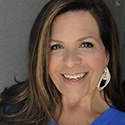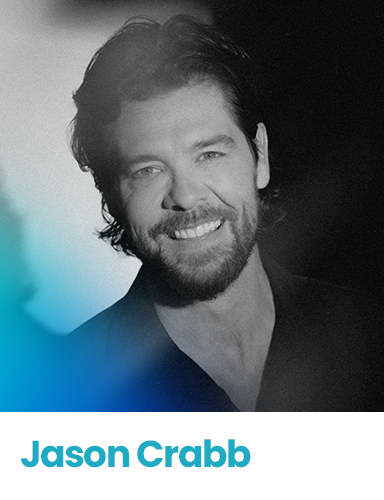
Are You Properly Planning Out Your Show?
What’s it like to be a guest on a late-night television talk show?
Actress Darby Stranchfield (Scandal), described some of the preparation that goes into Jimmy Kimmel Live. “There’s something called a pre-interview in which one of the producers for Jimmy Kimmel Live calls you up a few days prior to going on the show to go over stories, anecdotes, current events, etc.”
“Kimmel and his producer decide which stories are best and create an order as to how the conversation is going to go on the air. The producer comes to your dressing room and fills you in on what Kimmel decided to talk about before the show. It all seems so impromptu, but the whole thing is planned out.”
This type of prep work is common to most television talk shows. In addition, Jimmy once told me that all guests are required to come on the show with a story.
Great content comes from great planning. Just as the takeoff and landing are the two most crucial points in a flight, the same is true of all content segments.
The best shows and podcasts plan a premise, specific stories, talking points, and a sequence for each segment. Then they ad lib the execution of those points. This process gives the show both planned structure and spontaneity. These shows are also prepared to ditch the plan and sequence if something more engaging comes up spontaneously during a segment.
Every show has its own planning schedule and system to create content. Here are the most common practices of the most successful shows:
Daily
The Pre-Show Huddle is a brief meeting with all of the players to finalize the plan for the show by checking what’s trending and to bring up anything that happened the night before or even that morning which could be included on the schedule. Many hosts ask all the show players and off-air players to bring any drama, dilemmas, or a celebration going on in their lives that they might want to discuss on the air.
The Post-Show meeting begins with a brief review of that day’s show to zero in on what content connected with the audience, and what content missed the mark.
The show answers these questions in what we call The Post Show Review:
- What content segments worked best on today’s show?
- Why? How could you have made it even better?
- What content didn’t work well?
- Why? How could you make it better next time?
- What’s left over that you didn’t get to that can go on tomorrow’s show?
Then planning tomorrow’s show begins. This meeting typically goes from fifteen minutes to an hour. The host or producer leaves the meeting with a general plan for the next show.
We recommend a planning meeting outside of the building once a week at somewhere like a coffee shop or favorite restaurant. When you change your environment, you are generally more creative, and an outing can generate stories for future shows.
Group Networking happens throughout the day and evening with all the players via text, Google Drive, etc. with everyone contributing content for the show. The more activities everyone shares, the more experiences and stories you will have to add to the show.
Weekly Group Planning
The weekly Advance-Planning Meeting is designed to plan for the days and weeks ahead and to brainstorm new ideas for the show.
Everyone is responsible for bringing as many ideas as possible from the following categories:
- Character stories and storylines
- Serial content
- Out-of-studio
- Listener interactive games/features
- Guests
- Phone topics
- Produced skits, sketches, parodies
- Holidays and events
- Something new and buzz-worthy (app, site, TV show, movie, book, funny story, game etc.)
- Video and viral opportunities
We also recommend, quarterly and annual long-term planning meeting as well as topical ad hoc meetings when big events and news stories happen.
Here are links to a segment planning sheet, a daily planning sheet, and a weekly planning sheet.






















































































































